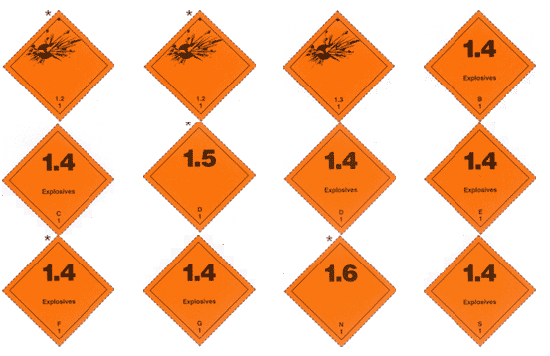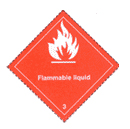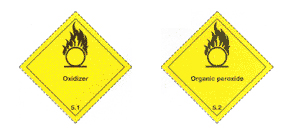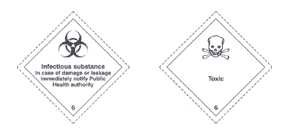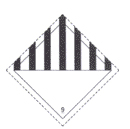| Classification 1 |
Explosives |
| 1.1 |
Substances and articles that have mass explosion risk. |
| 1.2 |
Substances and articles that have risk of projection but not a mass explosion risk. |
| 1.3 |
Substances and articles that are at risk of fire, and risk of minor explosion or risk of projection or both, but not mass explosion risk. |
| 1.4 |
Substances and articles that do not have a significant risk. |
| 1.5 |
Very insensitive substances that have mass explosion risk. |
| 1.6 |
Extremely insensitive items that do not have mass explosion risk. |
